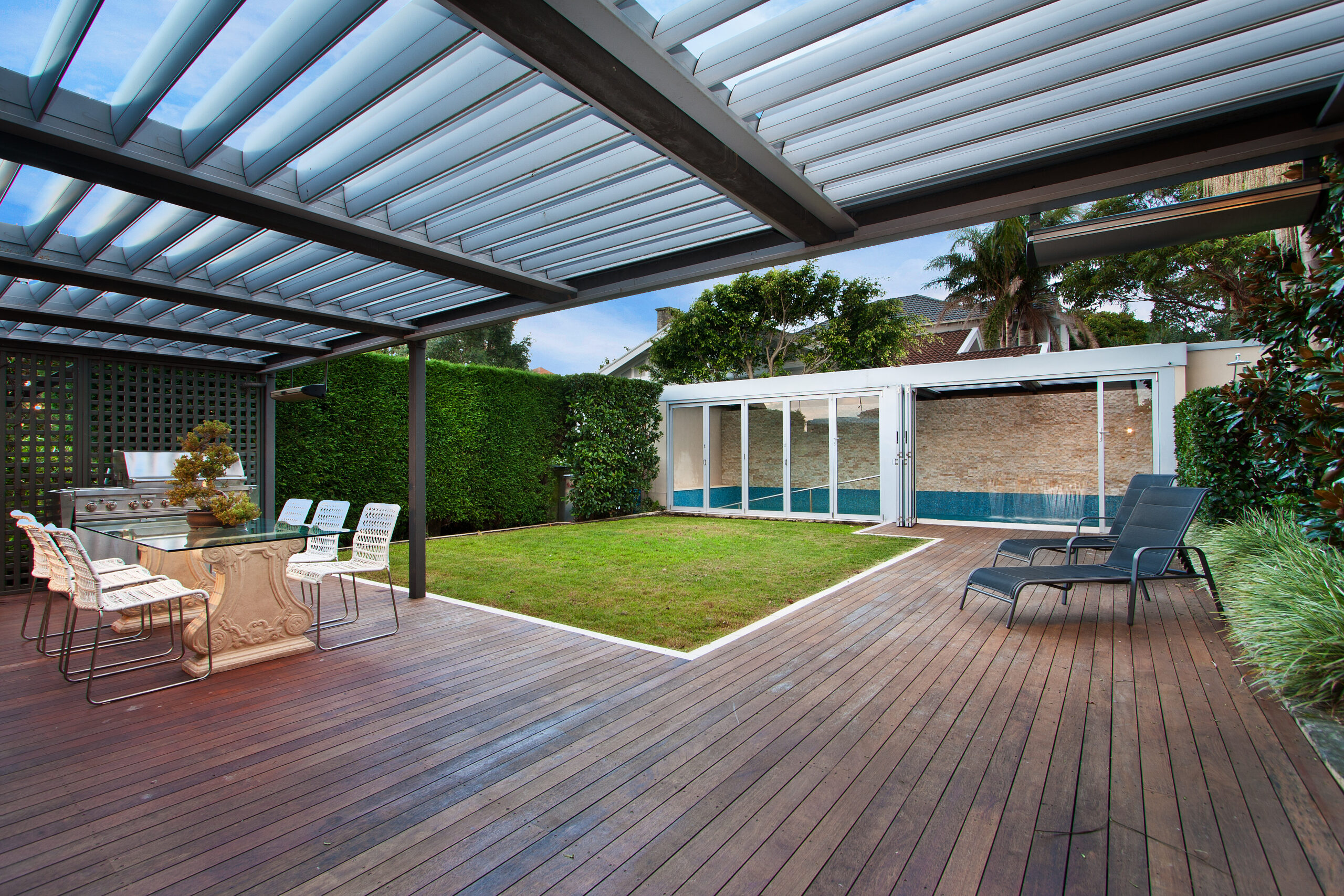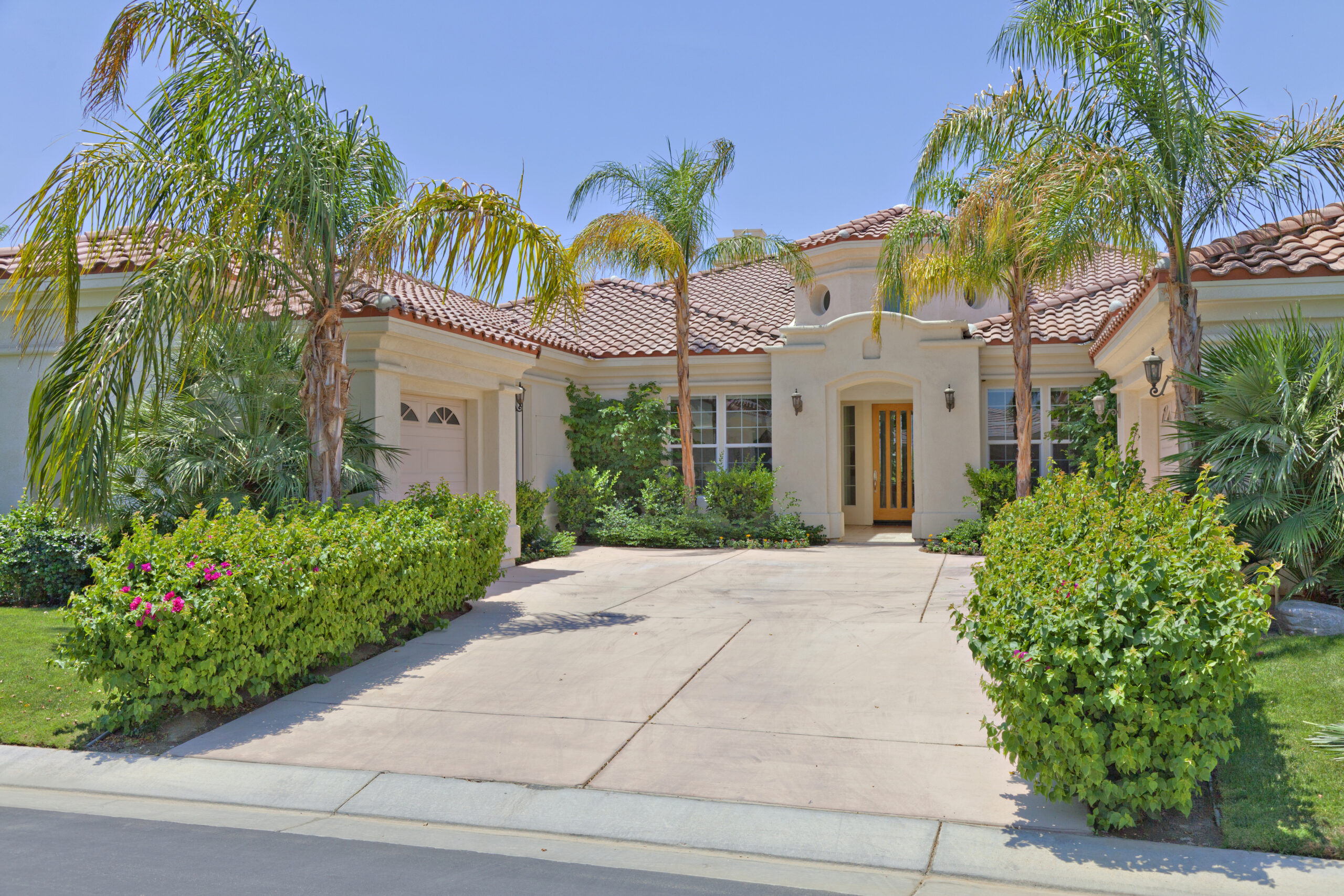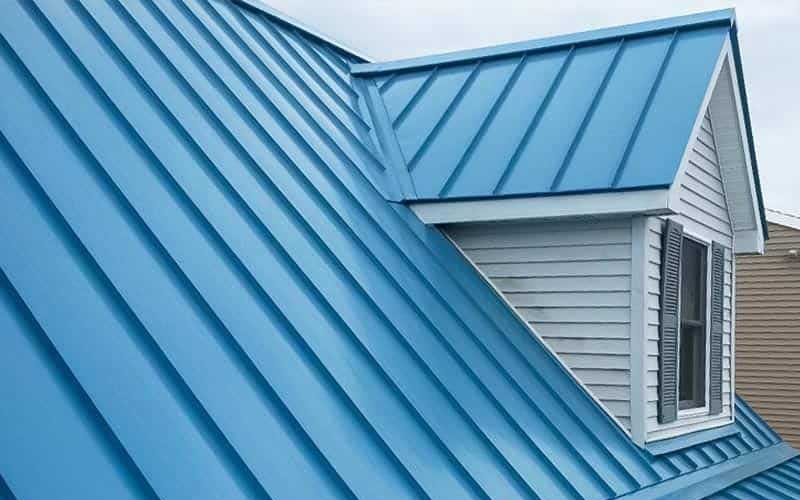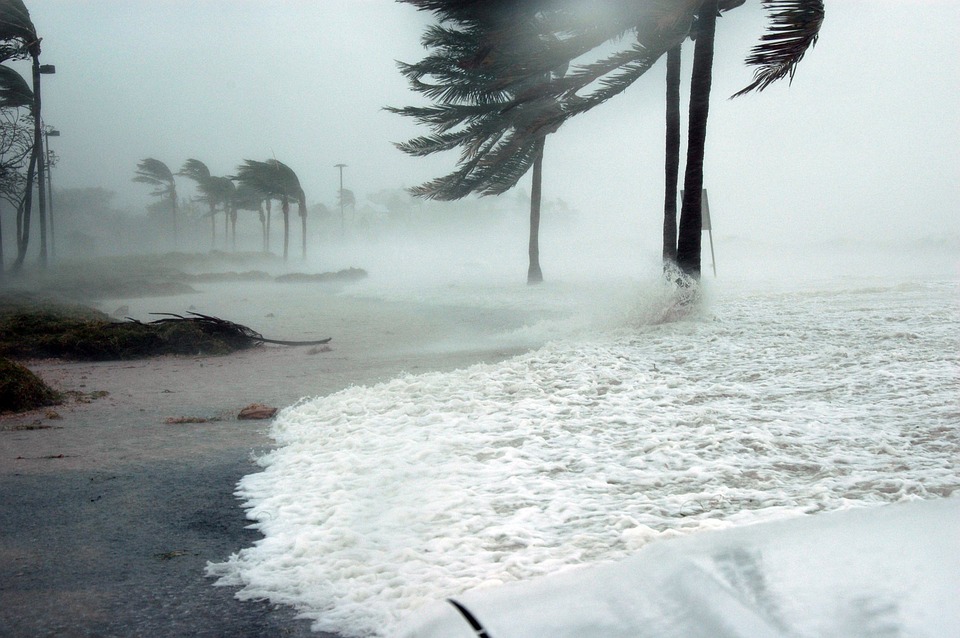After the roof, windows are the part of the home that is most likely to get damaged when a hurricane hits your property. Since windows are designed to open, they are prone to cave-ins under the pressure of strong winds. The glass can also get shattered by flying debris. Window damage can happen with even a Category-1 storm because winds can get up to 90 mph.
For people living in areas that are vulnerable to storms, knowing how to protect your home’s windows is critical. As RE/MAX Infinity explains, this is not just because you want to protect the property and avoid the cost of replacing or repairing storm-damaged windows. It is also to safeguard lives because if windows get broken during a storm, the glass in them could easily become dangerous missiles.
However, beyond knowing how to protect the home’s windows, knowing when to protect them is crucial. You do not want to find yourself caught off-guard by an incoming storm. Well-before a hurricane arrives, the windows should be prepped and ready. Getting geared up early will ensure you do the job right and it will also cost less than doing it when storms are bearing down on you.
Tips to protect your windows during a hurricane
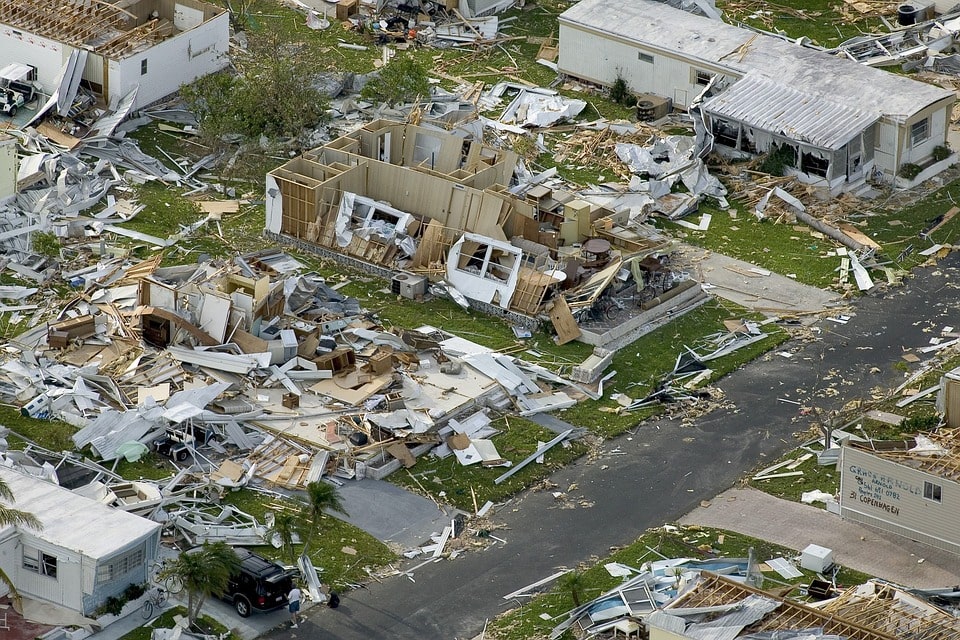
1. Hurricane-impact windows
This is by far the most effective way to protect your windows. They are specifically designed to withstand the types of conditions that exist during a hurricane. Hurricane-impact windows will resist winds exceeding 150 mph and will not shatter under the impact of flying debris.
The best thing about these windows is they look just like regular windows. The look of your home will not be altered by installing them. Additionally, they come in a range of colors that will enhance the look of the home and they are energy-efficient.
2. Hurricane shutters
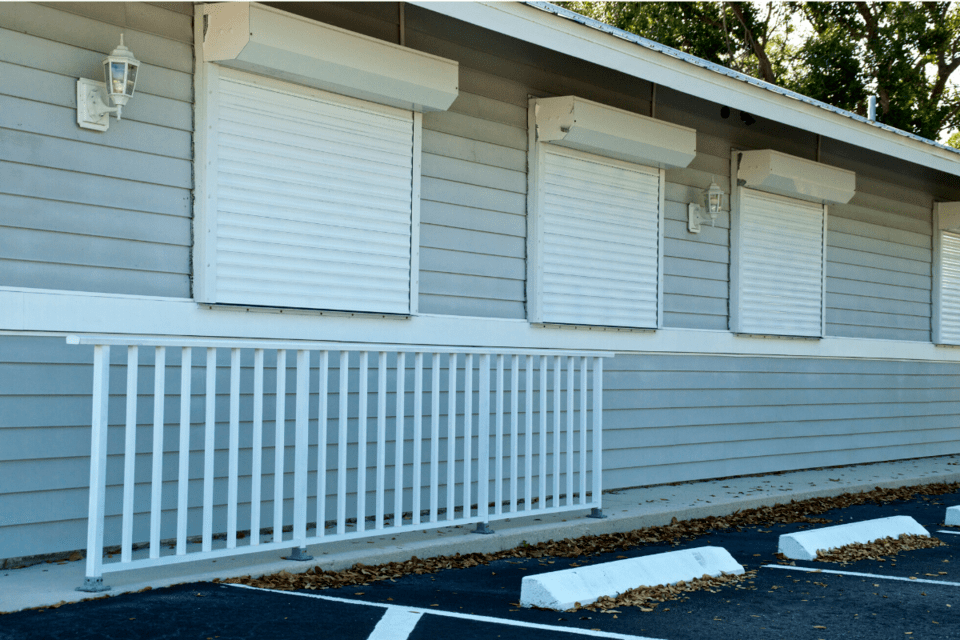
These are the next best thing to hurricane-impact windows. The shutters are installed over the home’s primary windows to serve as a buffer. Most hurricane shutters will alter the appearance of the home. There are four types of hurricane shutters.
- Roll-down hurricane shutters: As the name suggests these shutters can be rolled-down when a hurricane is approaching and rolled-up when it is past. They are operated manually or by remote control. They can also be used to regulate the temperature of the home.
- Bahama style hurricane shutters: These are hinged at the top and mounted over the window. They open outwards and can be pulled down and over the windows when a storm is approaching. They tend to block light from reaching inside the home.
- Colonial hurricane shutters: These have two metal pieces that are hinged on their sides and are mounted on both sides of the windows. They can be swung close when hurricanes approach. Colonial hurricane shutters offer more options in terms of decorations.
- Accordion hurricane shutters: Accordion shutters are the most affordable shutter option. They are easy to install and operate, and they are very durable. They fold and open like an accordion and have a locking device to hold them in place.
3. Storm Windows
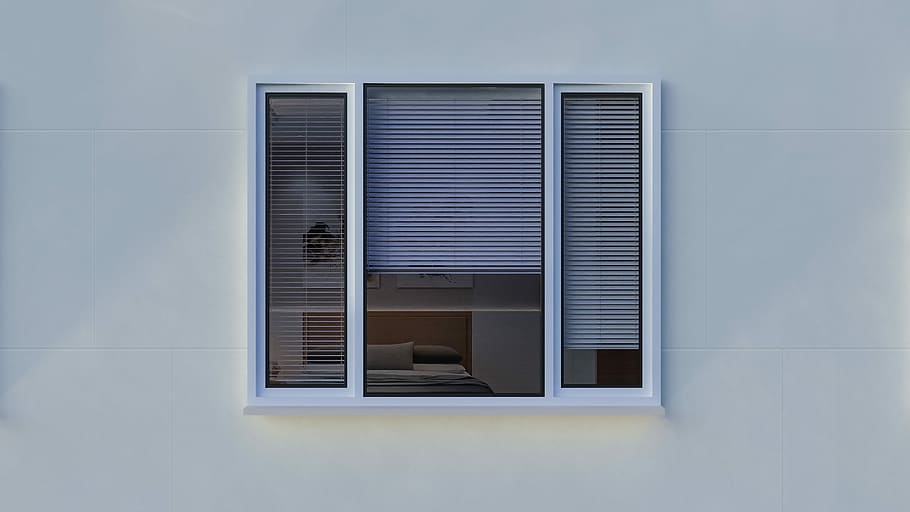
Storm windows install over the home’s existing windows. They can be temporary or permanent, interior, or exterior. And they are made of the most common materials such as aluminum, vinyl, wood, and hard plastic.
Exterior storm windows go over the outside of the windows and interior storm windows go on a window’s inside. If storm windows are temporary, they will be installed with the onset of storm season and removed afterward. Permanent storm windows do not need to be removed. Storm windows may also be distinguished by the type of window they are designed to work with.
4. Storm panels (metal or plastic)
These work the same that way plywood panels work, but are better. Plywood panels may also be classified as storm panels but in many states, the building codes do not permit their use as hurricane protection.
This is because they often detach and become flying debris during storms. Metal or plastic panels have overlapping corrugated panels which make them stronger and more effective at withstanding storms. Some storm panels can still allow light into the home during a storm.
5. Hurricane film
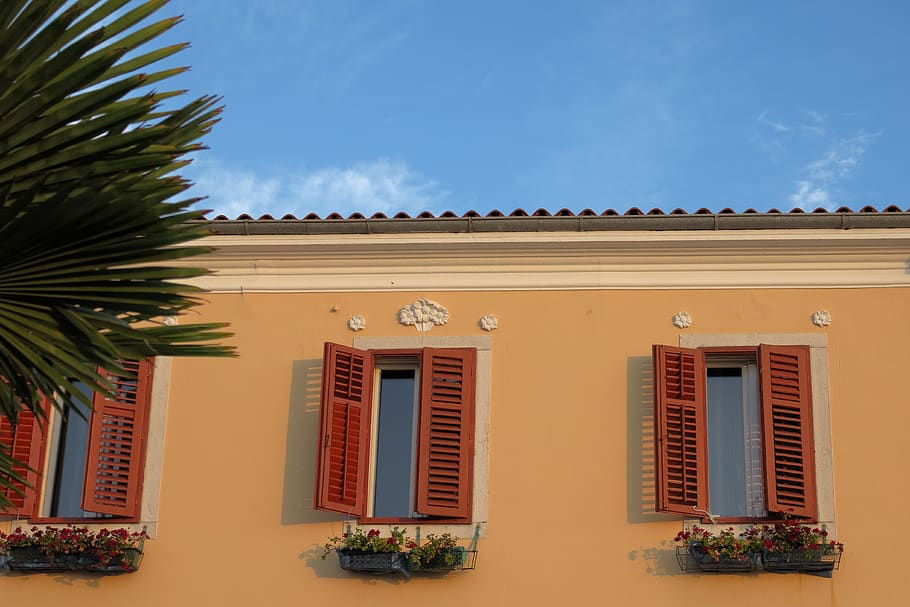
This is a clear plastic film that is placed over window glass to reinforce it. It is adhesive and if the glass shatters, it keeps the shards from becoming flying debris. Hurricane film can stay in place all year-round because it does not block-out light and it can also serve as a UV screen. However, it cannot be used as a standalone protection against hurricane damage.
6. Hurricane fabric
This is a panel with stretchable fabric that is placed over the window to bounce back debris that gets thrown against the window. It works the same way as a trampoline. It is one of the cheapest options and can be installed on a permanent or temporary basis. The problem with hurricane fabrics is that the debris which bounces off them can still damage other things on the property.
Deciding the best type of hurricane protection for your home depends on how much you want to spend and how exposed the home is. But whichever solution you choose the most important thing is to be proactive and take action today.

